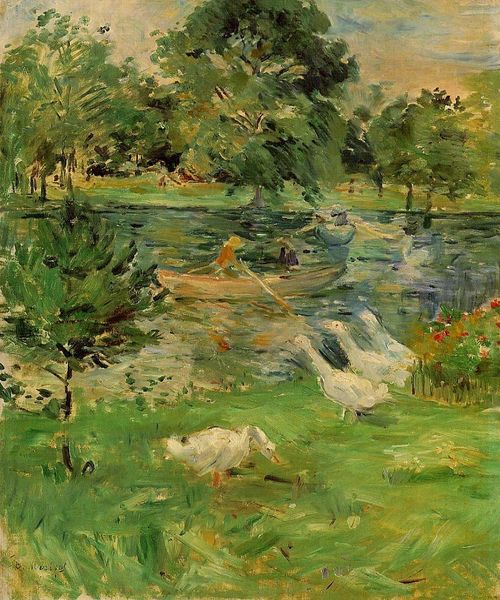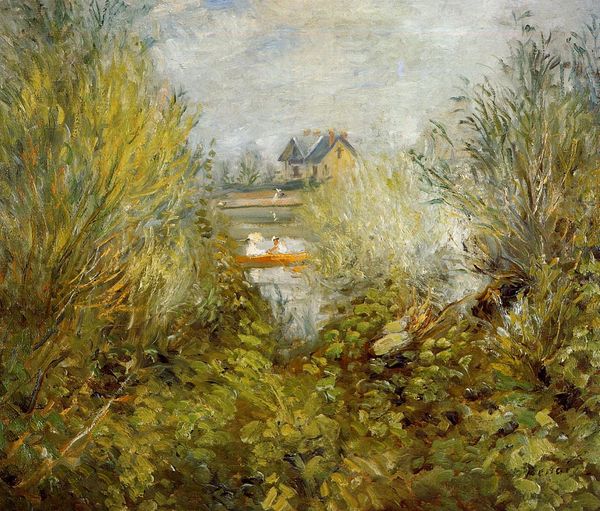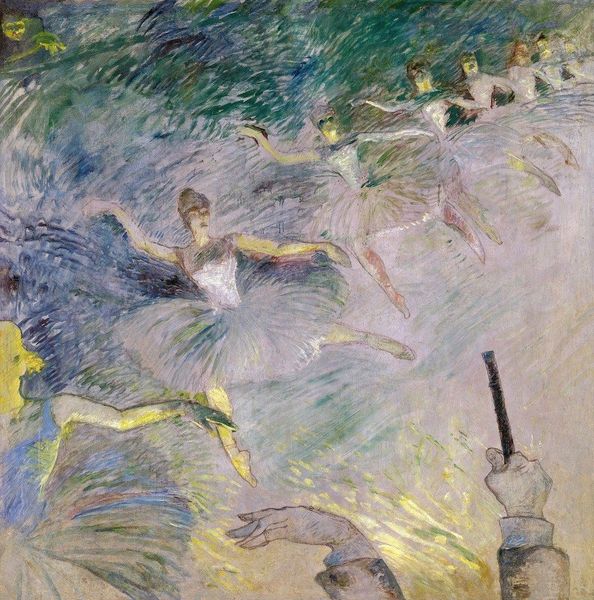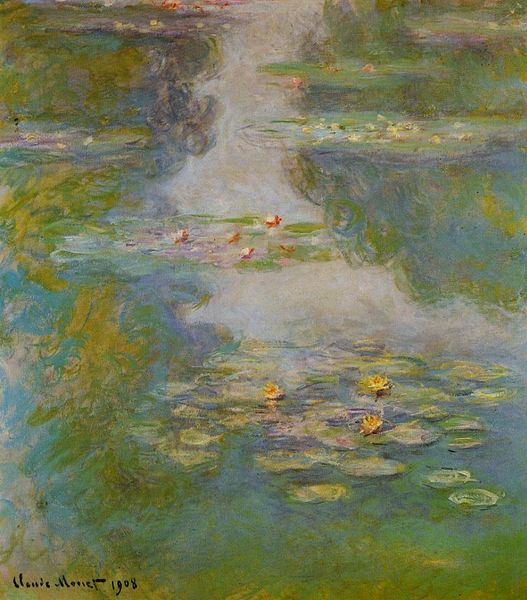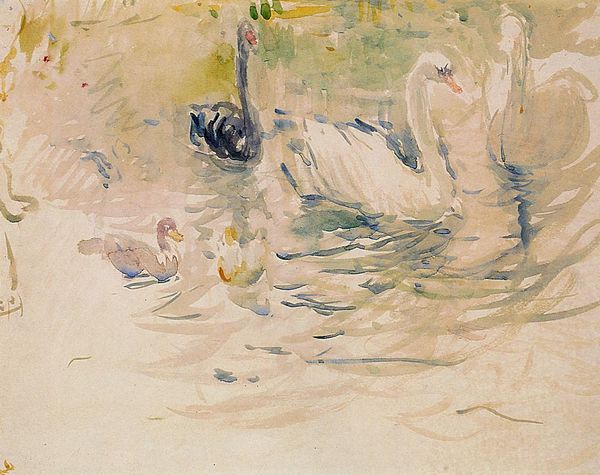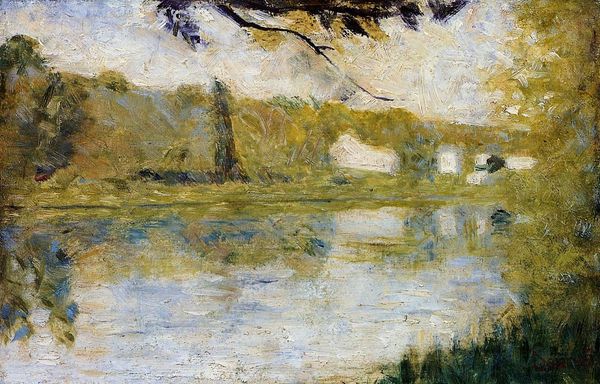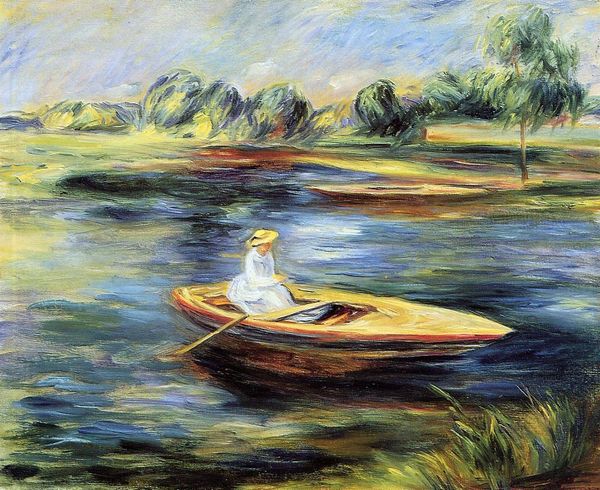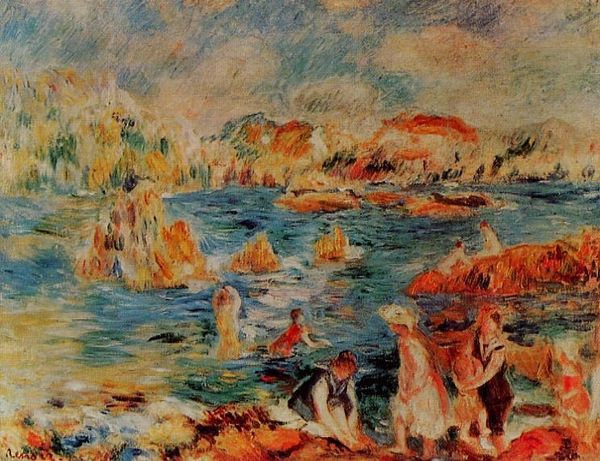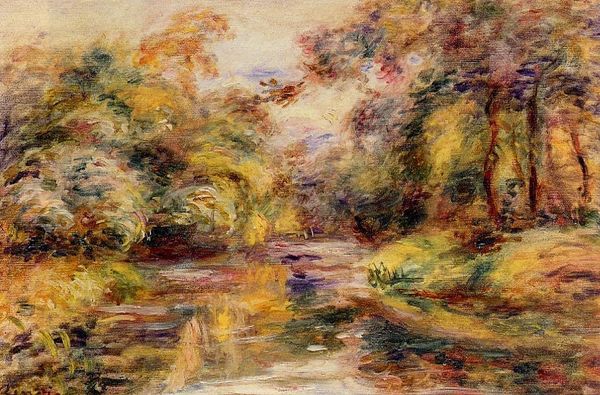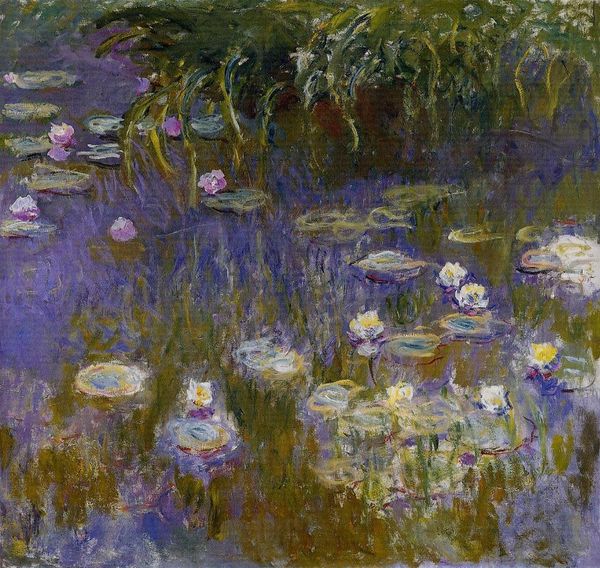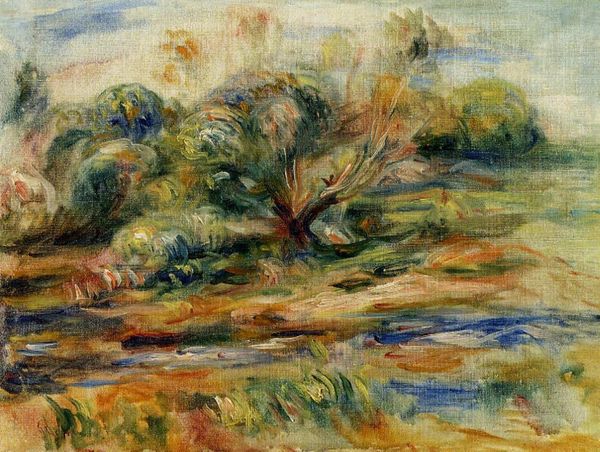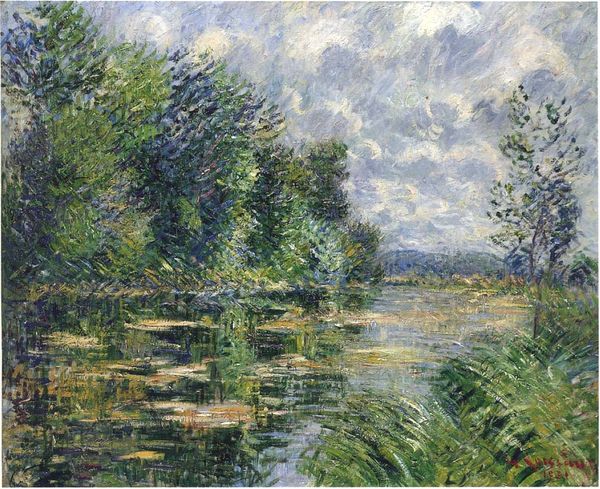
plein-air, oil-paint
#
portrait
#
tree
#
animal
#
impressionism
#
plein-air
#
oil-paint
#
landscape
#
impressionist landscape
#
oil painting
#
water
Copyright: Public domain
Berthe Morisot painted ‘The Goose’ with oil on canvas, capturing a serene waterside scene. The central goose, standing tall at the water's edge, bears a symbolic weight that stretches back through history. Consider the goose in ancient Egypt, associated with deities and cosmic origins, its egg a symbol of potential and creation. This motif reappears across cultures. In folklore, the goose is often a guardian, a wise figure. Even in children’s stories, the goose lays golden eggs, representing fortune. Here, Morisot’s goose transcends mere avian presence. It’s a guardian of the peaceful idyll, a figure of watchfulness. This echoes the goose’s role in ancient Roman mythology as the sacred bird of Juno, which famously warned of the Gallic invasion. What collective memories might such echoes stir? How do these recurrent images tap into our shared, subconscious understandings of nature and our place within it? The goose is not merely an animal; it embodies layers of cultural memory. These symbols progress in a non-linear manner, resurfacing, evolving, and taking on new meanings across contexts and time.
Comments
No comments
Be the first to comment and join the conversation on the ultimate creative platform.
